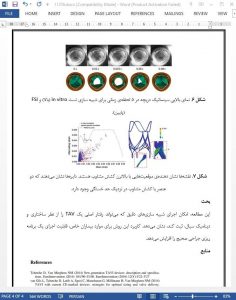Abstract
Valve diseases are more and more treated with transcatheter aortic valves. This work is based on an experimental setup with the corresponding fluid– structure interaction model to show the feasibility of performing accurate simulations which is able to capture the main behavior of a transcatheter valve both from structural and fluid dynamic points of view. The application of this methodology to patient-specific cases is also illustrated.
Discussion
This study shows the feasibility of performing accurate simulations able to capture the main behavior of a TAV both from structural and fluid dynamic points of views. The application of this methodology to patient-specific cases enhances the capability to perform a correct surgical planning









